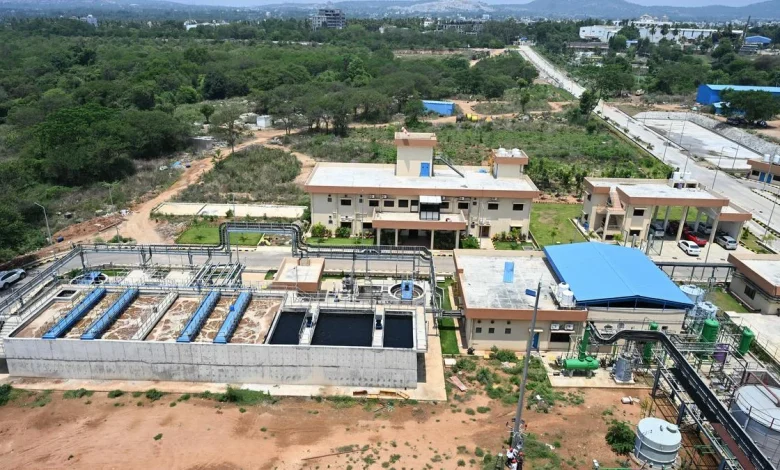generates 11.5 MW of electricity a day: BSWML CEO

The plant was established at a cost of ₹314.74 crore by the erstwhile Bruhat Bengaluru Mahanagara Palike and the Karnataka Power Corporation Limited (KPCL).
| Photo Credit: File photo
The BSWML aims to increase the supply of segregated dry waste from households to 500 tonnes a day by the end of November.
| Photo Credit:
K. MURALI KUMAR
The Waste-to-Energy plant in Bidadi is capable of generating power for nearly one lakh households in the city if source segregation of waste is effectively implemented, said Karee Gowda, Chief Executive Officer of Bengaluru Solid Waste Management Limited (BSWML).
The plant was established at a cost of ₹314.74 crore by the erstwhile Bruhat Bengaluru Mahanagara Palike and the Karnataka Power Corporation Limited (KPCL).
“The plant generates 11.5 MW of electricity a day. Considering that each household consumes an average of five units of power a day, the plant can supply electricity to approximately 25,000 homes,” said Mr. Gowda.
Bengaluru generates around 6,000 metric tonnes of waste every day, of which an estimated 35% is plastic. Recyclable plastic is reused through the Dry Waste Collection Centres (DWCCs), while low-grade plastic waste is sent to the Bidadi plant for processing.
At present, about 400 tonnes of refuse-derived fuel (RDF), comprising segregated legacy waste from Mandur and material from dry waste collection centres, are being supplied daily, along with 200 tonnes of household-segregated dry or plastic waste — totalling 600 tonnes a day.
The BSWML aims to increase the supply of segregated dry waste from households to 500 tonnes a day by the end of November.
“Earlier, most of the city’s mixed waste was sent directly to landfills. Now, with mandatory source segregation at the household level, the RDF is being separated and sent to the Bidadi plant,” Mr. Gowda said. “As a result, the number of compactors transporting waste to landfills has reduced from 390 to 340 over the past month,” he added.
Officials have urged citizens to segregate wet and dry waste at home and hand them over separately to auto-tippers during collection. This practice greatly contributes to the success of waste-to-energy initiatives.
Since the plant became operational in June 2024, it has processed 1,68,036 metric tonnes of waste and generated 54.29 million units of electricity, according to a KPCL official.
Published – November 06, 2025 09:36 pm IST





